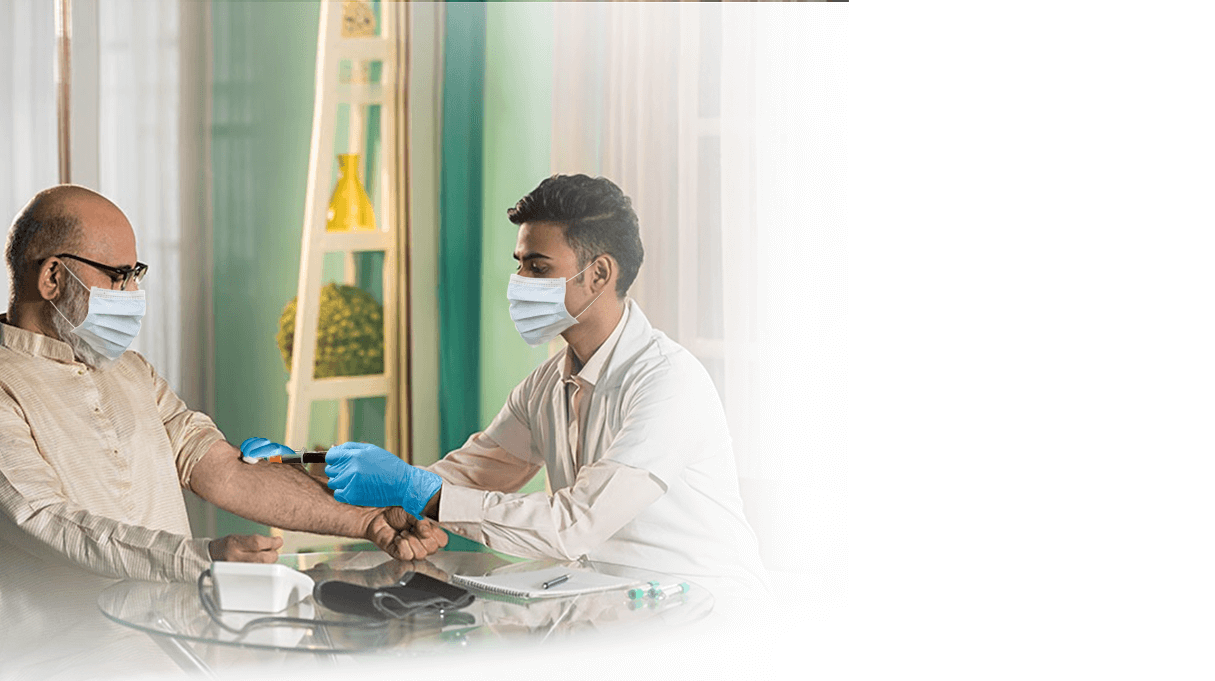Tuberculosis (TB) is a serious infectious disease that primarily affects the lungs but can also impact other parts of the body. Early diagnosis is crucial for preventing the spread of TB and ensuring effective treatment. The Genexpert Test for TB is one of the most advanced diagnostic tools available today, offering rapid and accurate results. This article will discuss TB Diagnosis, the different Tuberculosis Testing methods, and compare TB Gold vs TB Culture while emphasizing the early detection of TB and TB symptoms & diagnosis.
Understanding Tuberculosis and Its Symptoms
TB is caused by the bacterium Mycobacterium tuberculosis, which spreads through airborne droplets from an infected person. Recognizing TB symptoms & diagnosis early can help in timely medical intervention. Common symptoms of TB include:
- Persistent cough lasting more than three weeks
- Coughing up blood or phlegm
- Fever and night sweats
- Unexplained weight loss
- Fatigue and weakness
- Chest pain or difficulty breathing
If you experience any of these symptoms, it is essential to undergo Tuberculosis Testing to rule out infection.
Modes of Transmission
TB is transmitted through the air when an infected person coughs, sneezes, speaks, or even sings, releasing TB bacteria into the environment. The key modes of transmission include:
- Person-to-person airborne spread: Close contact with an infected individual significantly increases the risk of inhaling TB bacteria.
- Prolonged exposure in enclosed spaces: TB spreads more easily in crowded places with poor ventilation, such as hospitals, shelters, or prisons.
- Latent TB infection: Some individuals may carry TB bacteria without showing symptoms, but they can develop active TB if their immune system weakens.
TB Diagnosis: Available Testing Methods
There are several diagnostic tests available for detecting TB. The most effective ones include:
-
Genexpert Test for TB
The Genexpert Test for TB is a molecular test that detects Mycobacterium tuberculosis and its resistance to rifampicin, an essential TB drug. It provides results within a few hours, making it a preferred method for rapid diagnosis.
-
TB Gold vs TB Culture
Two other common TB diagnostic tests are:
- TB Gold Test (Interferon-Gamma Release Assay, IGRA): A TB Gold Test that detects TB infection, particularly in latent TB cases.
- TB Culture Test: A traditional but highly accurate method that involves culturing TB bacteria from a sputum sample. It takes longer to produce results but is essential for confirming TB and determining drug resistance.
-
Tuberculin Skin Test (TST)
The Mantoux test involves injecting a small amount of tuberculin into the skin and measuring the reaction after 48-72 hours. A positive test suggests TB exposure but requires further testing to confirm active infection.
-
Chest X-Ray and CT Scan
For individuals suspected of having active TB, imaging tests can help detect lung abnormalities consistent with TB infection.
Importance of Early Detection of TB
The early detection of TB is crucial to controlling the spread of the disease and preventing severe complications. Timely diagnosis allows for:
- Prompt initiation of TB treatment
- Reduced transmission of the disease
- Better management of drug-resistant TB cases
Treatment for TB
Tuberculosis treatment typically involves a combination of antibiotics taken over several months. The standard treatment regimen includes:
- First-line TB drugs: A combination of isoniazid, rifampicin, pyrazinamide, and ethambutol is used for at least six months to ensure complete eradication of the bacteria.
- Drug-resistant TB treatment: In cases of multidrug-resistant TB (MDR-TB), second-line medications such as fluoroquinolones and injectable antibiotics may be required.
- Directly Observed Therapy (DOT): To improve adherence, healthcare providers may monitor patients as they take their medication to ensure successful treatment completion.
Early diagnosis and adherence to treatment protocols are essential to prevent complications and the spread of TB.
By understanding the differences between TB Gold vs TB Culture, individuals and healthcare professionals can choose the most suitable Tuberculosis Testing method. If you experience any TB symptoms, consult a doctor immediately for testing and appropriate medical care.


